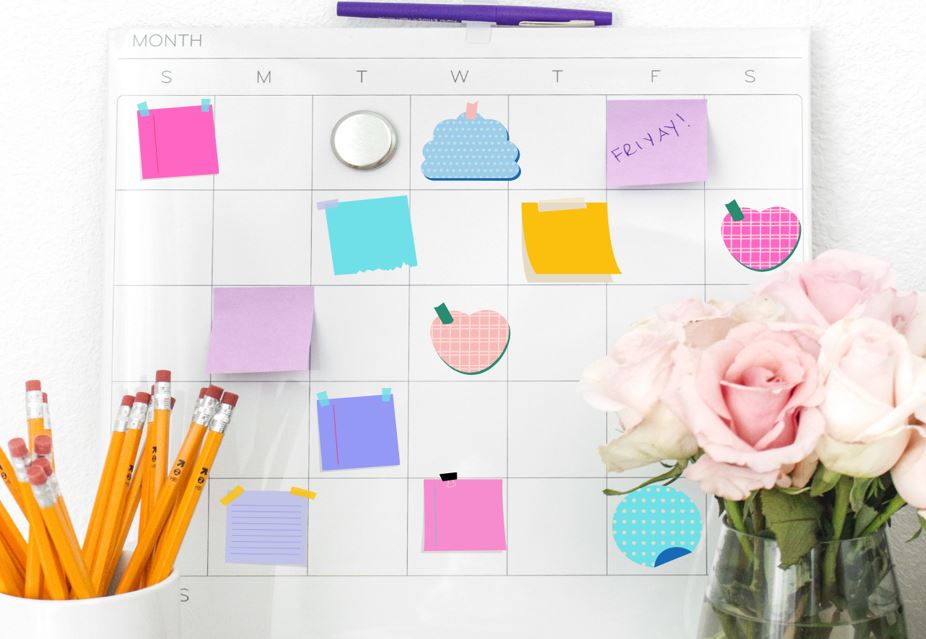 How To Start A Visualization Practice
How To Start A Visualization Practice
Visualization is a powerful mental practice that involves creating vivid and detailed images in your mind of the future you desire. By engaging your imagination and cognitive processes, you can turn abstract goals into concrete visions, making it easier to achieve them. Think of starting a visualization practice as a mental rehearsal for success that holds the potential to change your life forever.
Whether you aim to improve your health, advance your career, or achieve personal goals, visualization can help you get there. Let’s dive into the basics of how to start this transformative practice.
Starting a visualization practice involves using mental imagery to achieve specific goals, reduce stress, or improve performance. Here’s a detailed guide to help you get started if you’re new to this concept:
What is Visualization?
Visualization, also known as mental imagery, is the practice of creating vivid and detailed images in your mind. It’s a technique often used in sports, business, and personal development to improve focus, enhance performance, and manifest desired outcomes.
Visualization involves using your imagination to see yourself in a situation that hasn’t happened yet, possessing or doing what you want, and successfully achieving the desired results.
Why is it so powerful? When you focus your thoughts and emotions on a specific goal, a strong emotional connection forms, and your subconscious mind sets to work, manifesting it in reality.
The power of visualization originates from the subconscious mind’s inability to tell imagination from reality. When you vividly picture achieving a goal, your subconscious processes these mental images as genuine accomplishments. This process becomes even more potent with repetition, as the imprints in your subconscious grow stronger over time.
Remember: visualization isn’t wishful thinking. You will have to take consistent action to bring your visualizations to life. If that’s a reality you can stand behind, then let’s find out how to create and use visualizations.
Section 1: Understanding Visualization
Starting a visualization practice begins with your mind. It involves creating detailed mental images of your desired outcome and engaging all your senses to make these images as real as possible. The key is to imagine not just the visual aspect, but also the sounds, smells, tastes, and feelings associated with your goal. This multisensory approach helps to anchor the visualization in your subconscious mind, making it more effective.
For example, if your goal is to excel in a public speaking engagement, you would visualize yourself on stage, seeing the audience, hearing their applause, feeling the microphone in your hand, and sensing the adrenaline and excitement of delivering a successful speech. The more detailed your visualization, the more powerful it will be. I visualized a short work week as an online entrepreneur and now I’m living that visualization every day!
Section 2: Setting the Stage for Starting a Visualization Practice
Before you begin visualizing, it’s important to create a conducive environment. Here’s how:
Find a Quiet Space: Choose a location where you won’t be disturbed. This could be a quiet room, a peaceful outdoor setting, or any place where you feel comfortable and relaxed.
Eliminate Distractions: Turn off your phone, close the door, and minimize any potential interruptions.
Create a Relaxing Atmosphere: Dim the lights, play soft music, or use white noise to create a calming ambiance. You might also consider using aromatherapy with scents like lavender or chamomile to enhance relaxation.
Get Comfortable: Sit or lie down in a comfortable position. Close your eyes and take a few deep breaths to center yourself.
Section 3: The Visualization Process
Now that you’re ready, follow these steps to begin your visualization practice:
Define Your Goal: Start by clearly identifying what you want to achieve. Be specific and detailed. Instead of visualizing “success,” visualize a specific achievement, like getting a promotion, completing a marathon, or mastering a new skill.
Create a Detailed Image: In your mind’s eye, see yourself achieving this goal. Include as many details as possible. What does it look like? What sounds do you hear? Are there any specific smells or tastes associated with this achievement? How does it feel to accomplish this goal?
Engage Your Emotions: Emotions play a crucial role in visualization. Feel the excitement, joy, and satisfaction of achieving your goal. The more positive emotions you associate with your visualization, the more powerful it will be.
Repetition is Key: Practice your visualization daily. The more you visualize, the more ingrained these images will become in your subconscious mind, increasing the likelihood of achieving your goals.
Section 4: Tips for Effective Visualization
To make the most of your visualization practice, keep these tips in mind:
Stay Positive: Focus on positive outcomes and avoid negative thoughts. If doubts or fears arise, acknowledge them and then shift your focus back to your desired outcome.
Be Patient: Visualization is a skill that improves with practice. Don’t get discouraged if it feels challenging at first. With time, it will become easier and more effective.
Combine with Action: While visualization is a powerful tool, it should be combined with action. Use your visualizations to motivate and guide your efforts toward achieving your goals.
Visualization is a powerful practice that can help you turn your dreams into reality. By understanding the basics, setting the stage, and engaging in regular practice, you can harness the power of your mind to achieve your goals. Remember to stay positive, be patient, and combine visualization with actionable steps. Start your visualization journey today and watch as your desired future begins to unfold.
Section 5: Taking Your Visualization Practice to the Next Level
Taking your visualization practice to the next level involves deepening your engagement, expanding your techniques, and integrating visualization into various aspects of your life. Here are some advanced ideas to enhance your practice:
1. Incorporate Multi-Sensory Details:
- Use All Five Senses: Go beyond visual images by incorporating sounds, smells, tastes, and tactile sensations. For example, if you’re visualizing a beach vacation, hear the waves, feel the sand, smell the ocean air, and taste the salty breeze.
- Environmental Cues: Use real-world objects or sounds to enhance your visualization. For instance, play nature sounds while visualizing a peaceful forest scene.
2. Practice with Guided Visualizations:
- Use Apps and Recordings: Utilize guided visualization apps or recordings to help deepen your practice. These can provide structure and new perspectives.
- Create Your Own Scripts: Write and record your own guided visualizations tailored to your specific goals. Listening to your own voice can make the experience more personal and impactful.
3. Combine with Other Techniques:
- Meditation: Integrate visualization with meditation to enhance focus and relaxation. Begin with a meditation session to clear your mind, then transition into visualization.
- Affirmations: Pair positive affirmations with your visualizations to reinforce your goals and boost confidence. Repeat affirmations while visualizing to create a powerful synergy.
- Breathwork: Use deep breathing techniques to center yourself before and during visualization. Controlled breathing can enhance focus and relaxation.
4. Visualize Different Scenarios:
- Best and Worst Case Scenarios: Visualize both the best and worst-case scenarios. This prepares you mentally for various outcomes and reduces anxiety by making challenges feel more manageable.
- Detailed Steps: Break down your goals into smaller, detailed steps and visualize each one. This makes the process feel more achievable and helps you stay focused on your progress.
5. Integrate Visualization into Daily Activities:
- Morning and Evening Routines: Start and end your day with visualization. In the morning, visualize your goals and intentions for the day. In the evening, reflect on your accomplishments and visualize future success.
- Daily Tasks: Use visualization for everyday tasks to enhance performance and mindfulness. For example, visualize a successful meeting before it happens or a productive work session.
6. Track and Reflect on Progress:
- Visualization Journal: Keep a journal to track your visualizations, noting the details, emotions, and outcomes. Reflect on your experiences and any progress or changes you notice.
- Review Goals: Regularly review and update your goals. Adjust your visualizations to align with new aspirations and milestones.
7. Engage in Group Visualization:
- Join Visualization Groups: Participate in group visualization sessions where collective energy and shared intentions can amplify the experience.
- Visualization Workshops: Attend workshops or seminars to learn advanced techniques and connect with like-minded individuals.
8. Incorporate Physical Movement:
- Mind-Body Connection: Combine visualization with physical activities such as yoga, tai chi, or walking. Moving while visualizing can strengthen the mind-body connection and make the imagery more vivid.
- Sports Visualization: For athletes, visualize successful performance during practice or workouts. This can improve muscle memory and mental readiness.








Leave a Reply